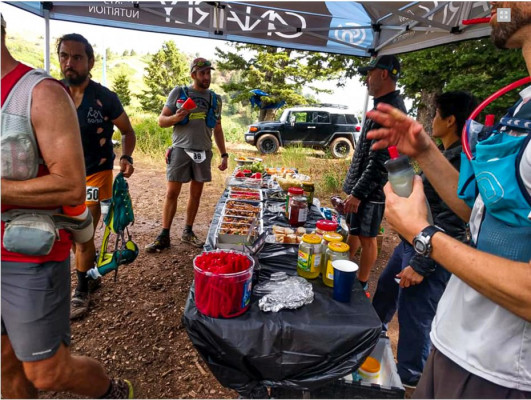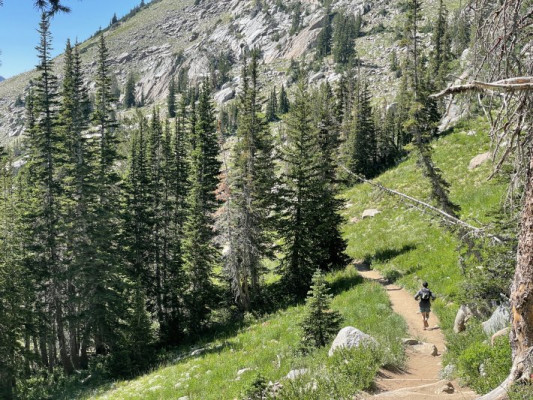8/10/2022 Q&A with Ryan Kerrigan, Coach of US Youth Skyrunning Team
Skyrunning in the US is still in its early stages, but few people are doing more to change that than Coach Ryan Kerrigan. For several years now, Ryan has been recruiting, training, and coordinating skyrunning race opportunities for athletes via the US Youth Skyrunning team. We caught up with Ryan to learn more about the team and his thoughts on the sport.
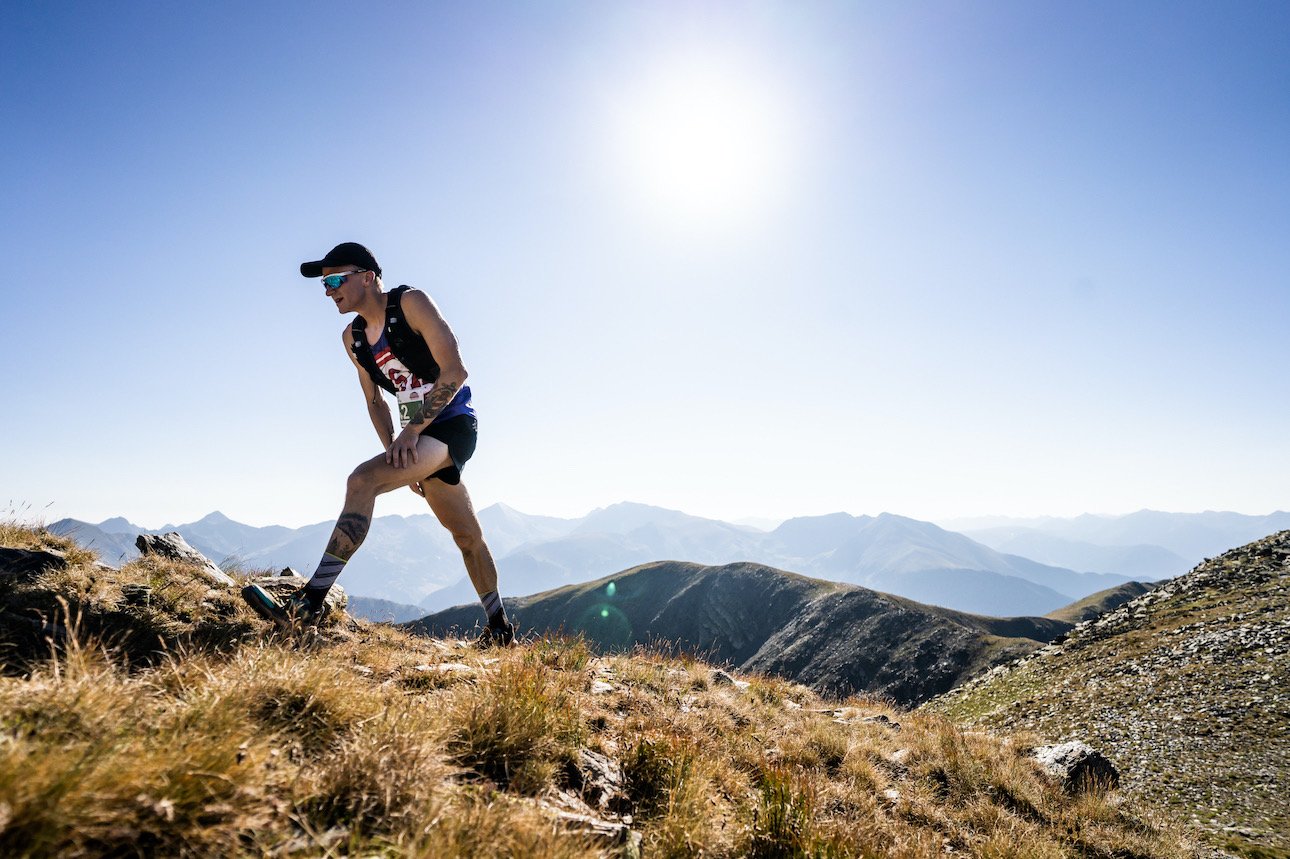
For starters, how would you describe what skyrunning is for someone who doesn't know anything about the actual sport of it?
Skyrunning by and large, you achieve some summit or ridgeline and it's more or less the most direct route that you could do on feet. And there's almost always some element of mountaineering. So there's a via ferrata, there’s some cables, etc. Then there's some scrambling and at some point in the race, there's usually some use of the upper body in your hands as well, which is where I feel skyrunning differentiates itself from international trail running or world mountain running association.
What's your involvement with the US youth skyrunning team? What’s your history with the sport and the evolution of the team itself? Tell us about that.
Basically, I've been coaching Nordic skiers and cross country runners after college and mostly working through my father. He's been a high school cross country coach for almost 40 years. The kids improved, especially with summer training, they got better and better, and we started seeking more competitive cross country races. And we noticed too, the more you climb the ladder, as far as cross country running in the US, the more it brings you to hot flat places. And we were purposefully training the kids out of the hills, more on the track and on the playing fields to achieve the fitness in the specificity that we felt was necessary for these cross country races.
And I thought, well, we live in Vermont. I mean, the school that I was coaching at the time is at the base of Camel's Hump in Vermont. We don't have mountains like you guys have in Salt Lake, they're much smaller, but you basically can't go out the door without hitting one. And the kids love to run the hills and we have access to that terrain in many small mountains. So I started looking out west, looked in Canada as well for some kind of a hillier or mountain-inspired course that had a youth angle and couldn't find anything. And then finally this was in 2017, we saw that skyrunning was putting on youth world championships in Andorra. So we got seven kids together just from this region to go do that. And three of them had absolutely the time of their life just got life-altering experiences. And the other four thought, “I hate you. I'm never returning.”
And then it just kind of snowballed from there. The following year we returned to Italy in 2018 and we had kids not just from Vermont, but from all over the US - Alaska, California, Colorado, and some east coasters. I don't think we had one from Utah that year, but, it seems that there are a lot of young people, particularly in remote corners of the US who may not identify as a track runner, may not identify as a cross country runner, but they love to be in the mountains and they identify with skyrunning. So we're working now to develop some kind of measuring stick as far as some races within the US, so that they can do some training groups and, just kind of keep that fire alive and give them an outlet because I just think it's the greatest sport in the world.
And I don't feel that young people should have to wait until they're burned out from cross country or road racing or whatever. I feel like the mentality in the US has changed greatly in the last few years, but I feel like for a while it was, well, you do USATF or you do competitive road races, marathons or so on. And when you're burned out from that, then you can do fun trail races. And, I'd like to shift that scope. And I think it is shifting all on its own as well.
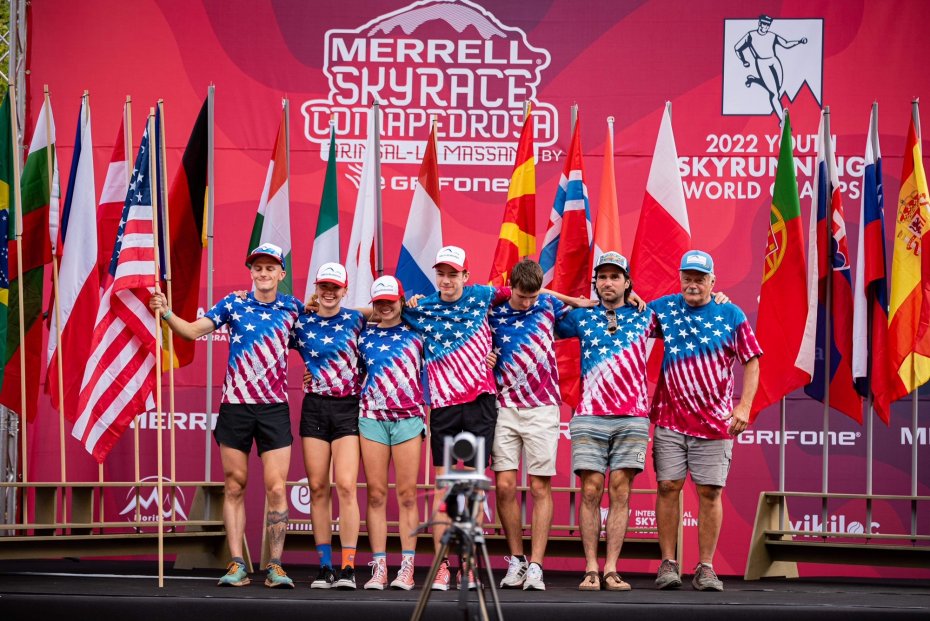
Tell us about the athletes. How old are they, where are they from, how do you get connected with them, etc?
Yeah, so there are three age groups and I believe there'll be four age groups next year, but three for now. U23, U20, U18. For U18, the youngest athlete can be 15 years old.
This year, we have representatives from Vermont, Minnesota, and Alaska. We're a little smaller crew this year. I just think it's a combination of factors around just catching up with local relatives within the US post-COVID and the complications with air travel and so on. So it's just that we had a lot of people on the fence this year, who just said, I think I'm just gonna race domestically and let things clear up a little bit. But we have four very strong athletes.
How do you go about accepting athletes onto the team?
As far as requirements, we're very reluctant to have a hard and fast application process. We take into account, of course, 5k cross country and track and field times, but also Nordic ski results. And then the most applicable thing would be any mountain skyrace within the US and also FKT Strava segments, that kind of thing. If it's a competitive FKT or a Strava segment then that's a really good measuring stick.
If someone provided great cross country or track and field results, my feeling is okay, well they definitely have an engine. That's a really great start and you know, this may or may not translate and we try to get the application process going by like the new year or shortly after. And that at that point we can say like, can you get one vertical day a week?
What else is coming up? What are some other skyrunning opportunities in the works?
What we are doing is working with a few race directors, one of which is Julian Carr with the Cirque Series. We’re starting to establish not only a national calendar of skyrunning races but also with these races, hoping that they will also include a youth component and a youth recognition within the event.
Of the Cirque series events, the one in Alyeska really popped out. Going back to kind of our original conversation, of what is sky running and some element of scrambling or use of your hands or so on. Establishing what those events are, where they are, and how they fit into the national schedule and calendar.
And then the other piece of that, because even just for someone from Colorado to get to Alaska or from Vermont to get to Alaska for a race or so, it's quite a trip, even though it's within the US. So the other thing that we're starting to work on is we're developing what I'm calling for the moment, skyrunning dream routes. So these are routes developed by the skyrunning athletes. When I go on a trip to somewhere I haven't really been before, but I know there are mountains, I'll hop on Strava, FKT, or whatever. You gotta figure out where to zoom and you know, you might get a loop route there. You might just get a hill climb or so on. But what I'm looking for is that one route that is 15 to 25K or could be longer, but over a thousand meters vert with some element of scrambling and it doesn't really filter out on Strava and FKT. So our goal is to put together a list of these routes throughout the US that kids could use, or adults could use as a measuring stick for applications or just as something to do.
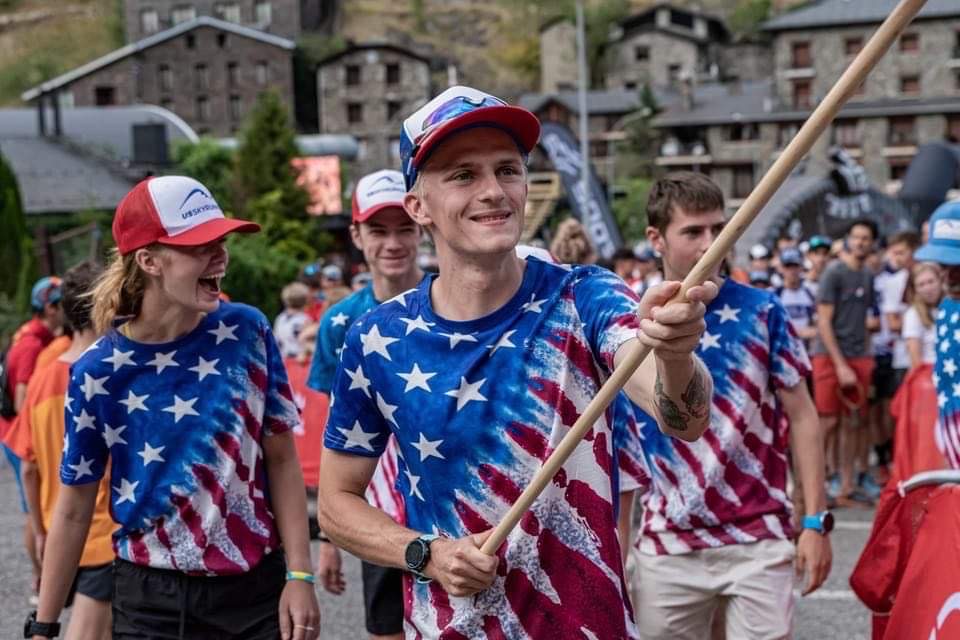
Oh that's really cool. That was going to be one of my next questions - how can people try this out? How can folks get a taste for skyrunning without participating in a race?
I mean, I think skyrunning terrain exists in so many corners of the US and I'm not saying it's right or wrong, but it's just very difficult for race directors to put these routes together as events. So I think, it's just developing that network. We're in Vermont and I know dozens of high school Nordic skiers and cross country runners that want to get into this. And they're just not quite sure how to start. It's just something to test your mettle on and which facilitates more questions about training and so on. So yeah, that's the goal!
You said some of these kids will get done with a race and it really resonates with them. Why do you think this resonates with them more, or maybe just as much as other types of running events? What is it that not only makes skyrunning unique, but really is appealing for them?
That's a highly individual question. But for me, from my own experience with Nordic ski racing and cross country running and so on, some of those events seem a little contrived. Where, for instance, people who travel from Alaska to Vermont for national Nordic ski races end up racing many laps on like a one or two K course. And with cross country running, it'll be a very serpentine kind of loop, and they may or may not flow very well in the end. It's just trying to achieve that 3.1 miles or that 5k. Whereas with skyrunning, we want the distance somewhere between 15 plus kilometers, but I feel like the mindset of skyrunning is more like looking at a given landscape and thinking “what is the hardest and most continuous thing that a human being can do on two feet?” And obviously, these races are all in very beautiful areas. And I think that there's something about deep landscapes that make us feel small. I just feel like there's a deeper meaning in it when it's in such a beautiful place and it's such a challenging course.
So how do young folks find you and how do they get involved?
We have an Instagram page going, and if you go to the skyrunning.com site, there's a link to our URL and so on. And we do various press releases and try to get hometown papers where athletes are information as well. And I think a lot of it is word of mouth. And I think a lot of it's just the fact that kids are super great these days about being plugged in and accessing information about things they're interested in.
For those interested, check out our website or our IG page and drop us the line - even if you are more interested in how to get started with skyrunning, and not quite ready to go directly to the world stage and toe the line with the world's best skyrunners.
Can you talk about the difference between where skyrunning is in the US versus Europe and also the future of it? It seems like there's a parallel with skimo racing where it was big in Europe and then it finally came to the US and now it's massive. Do you see that same kind of growth or what's your take on that?
Yes, I think it's absolutely growing. I think trail running, in general, is growing worldwide events wise. You know, the terrain is there. You can access it any time. You don't need an event to do it. And now with this digital world that we're in with Strava and FKT and so on, I think there are ways to get involved and ways to develop some measuring sticks and some community. And I believe that people are accessing that and getting more involved.
Yeah, that's great. So folks are able to get involved without having to have races host it. In a way it's more of the spirit of it, I suppose.
Yeah. Which is what I love, about that compared to say like Nordic skiing. Say you wanna qualify for the US national team in Nordic skiing, you basically have to show up big time at the national championships in like Soldier Hollow or wherever they are. And if you're off that day then, oh, you know, it's not your year, I guess. Whereas sky running, the terrain is there and the data is there and the training concepts are becoming more available. And I feel like the knowledge base around mountain sports is growing as well. I think it's growing all on its own.
Anything you want to add or mention to our audience?
Yes, particularly toward young people and people just starting, don’t wait for the perfect event out your backdoor. The terrain is there and it's just waiting. It’s ready when you are!
Comments
